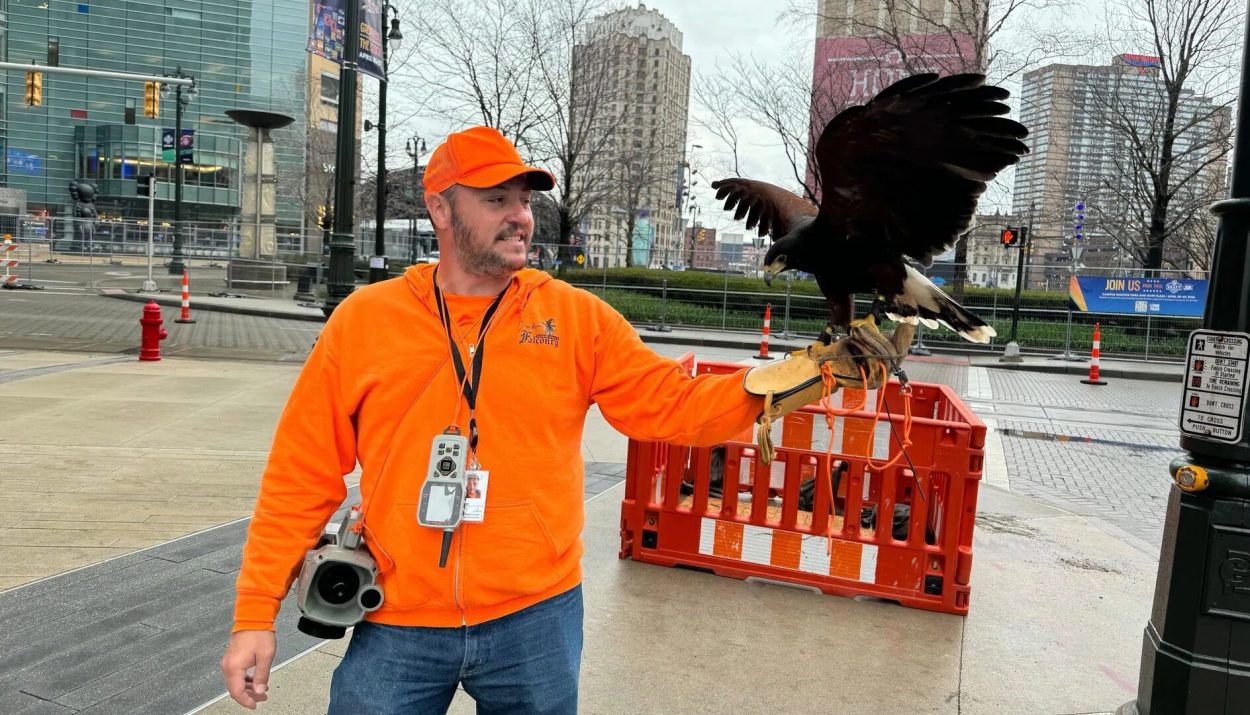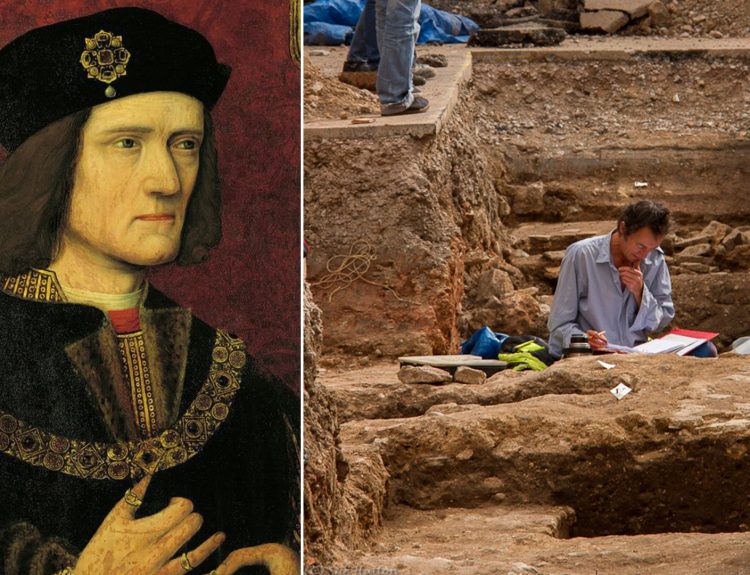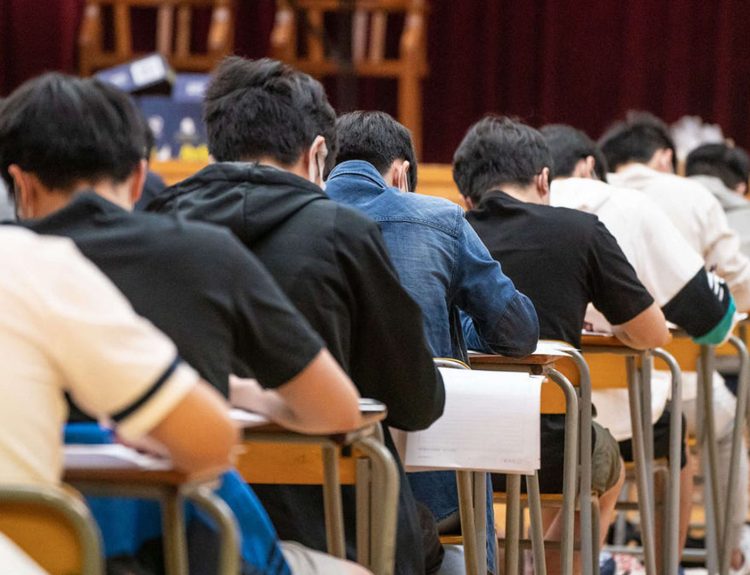Beginning on April 25, the city of Detroit, Michigan, will host the three-day NFL draft. Naturally, city leaders want to ensure that everything looks its best while all eyes are on Motown. An ongoing issue in all metropolitan areas is bird droppings.
Thanks to a pair of birds of prey, Detroit should be dropping-free when the Falcons, Eagles, Seahawks, and Ravens come to town. Let’s look at how a pair of birds of prey will tackle this dirty job for Detroit, as well as how humans have partnered with these types of birds throughout history … and maybe a bit about the professional football teams named after birds of prey.
A Unique Solution to a Crappy Problem
Bird poop is unsightly and, quite honestly, disgusting. But it is an issue that continues to vex city officials. Bedrock Detroit, a real estate company, found a creative solution to this crappy problem.

Bedrock Detroit hired two birds of prey – a hawk named Cersei and a falcon named Yahtzee – to join the defensive line ahead of the 2024 NFL Draft. The pair of feathered predators will patrol the skies on “poop watch,” shooing away the smaller birds that account for the majority of the guano on Detroit’s buildings, sidewalks, statues, and streets.
This Is a Job for a Trained Bird!
When the folks at Bedrock Detroit decided to take this unusual approach to solving the poo problem, they reached out to Paul and Terese Thomas, owners of ScAir Force Falconry and Bird Abatement.
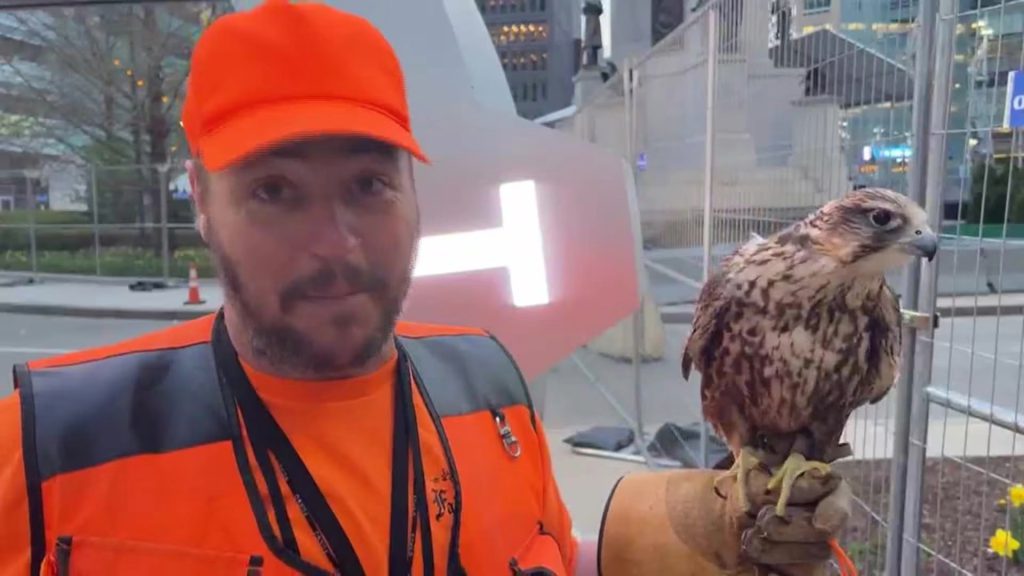
The Thomases serve as trainers and coaches, only their athletes are birds of prey. They have a number of birds under their care, but their star athletes – the ones that are suiting up for this task – are a hawk and a falcon.
Falconry Is an Age-Old Art
The term “falconry” is a bit misleading. This practice of training birds of prey to hunt for people involves not just falcons, but also hawks and eagles. In fact, hunting with trained birds is also called “hawking.”

Falconry has been practiced for thousands of years. Most experts believe that the ancient Mongol tribes of Central Asia were the first people to form bonds with raptor birds, domesticate them, and train them to aid in hunting. To celebrate this, the falcon is still revered by Mongolian people.
Training Raptors Is a Special Skill
Thanks to trade routes through the region, falconry spread to other areas in Asia, the Middle East, North Africa, and Europe by the Middle Ages. Falconry may have spread to other parts of the globe, but that didn’t mean that anyone could train and hunt with these birds of prey.

A falconer must be extremely patient to raise the birds with care and positive reinforcement. Only when the falconer and the bird form a strong bond of respect will the hunting relationship be successful.
Falconry Today
In some parts of the world, falconry as a form of hunting continues to be practiced. In other areas, however, falconry is less about hunting and more about education, conservation, and cultural preservation.
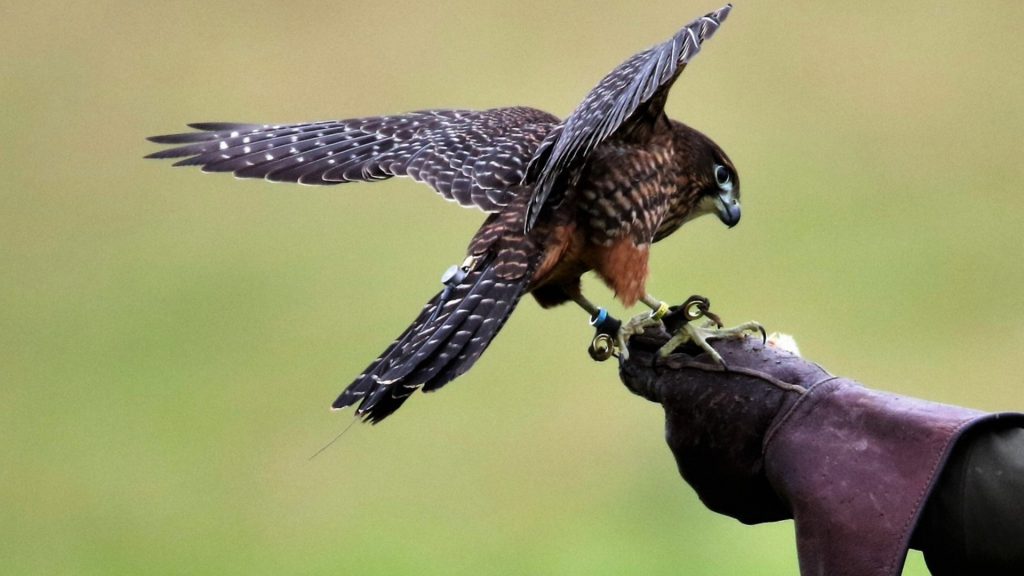
Falconers and their birds may visit schools to present educational programs. They may do demonstrations for conservation organizations or events. Still others cater to tourism. Visitors can learn about the care and training of the raptors, then pose for their Game of Thrones-ish photos, wearing a thick leather gauntlet on which a majestic bird is perched.
Another Use for Birds of Prey
Cersei and Yahtzee, and their handlers, Paul and Terese Thomas, are tasked with scaring away pigeons, starlings, and other poop producers in downtown Detroit. The pair of raptors started their new job a few weeks ago and will continue for several months after the NFL draft.

Paul Thomas explained, “We’ve tried different methods of bird control and found out what works… and actually being able to control the birds in the area is kind of a challenge, and it’s fun for us.”
Re-Training Detroit’s Pigeons
The process of cleaning up the city is a lengthy one. Thomas explained, “It’ll take probably about a month to train birds not to come back.” He noted that some of the birds commonly found in urban settings, like starlings, will “sit there for ten to twelve hours a night, just pooping down the side of the building.”
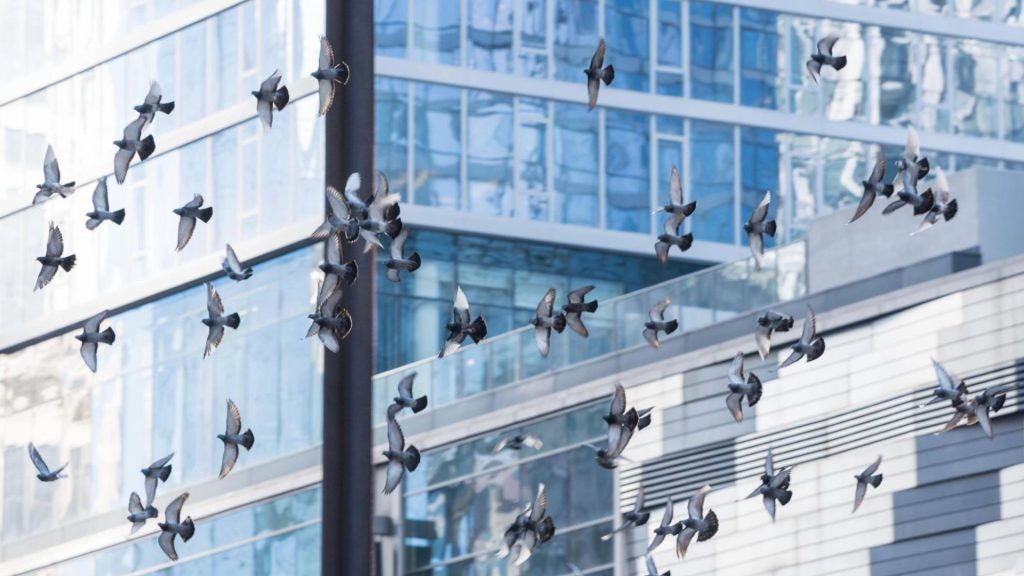
The falcon and the hawk chase the smaller birds away while the Thomases do their part by frightening the pests with laser pointers. Thomas added, “That’s essentially what we’re doing. We’re training them that you’re not going to be able to sleep here. We’re going to shine lasers on you.”
Birds of Prey Are Represented by Some NFL Teams
There are five NFL teams that have birds as their mascots. Of these, four of them are birds of prey. That is no mistake. Raptors have been admired by humans for thousands of years for their formidable traits.

Birds of prey are fierce and bold hunters. They exhibit keen eyesight, quick instincts, and brilliant intelligence. In addition, they are majestic, powerful, and agile. These are all characteristics that football players hope to embody.
The Philadelphia Eagles
Of the raptor-mascot NFL teams, the Philadelphia Eagles are the oldest franchise. When the professional football team was founded in Philadelphia, the eagle, a large bird of prey, was a natural choice for the team’s mascot.
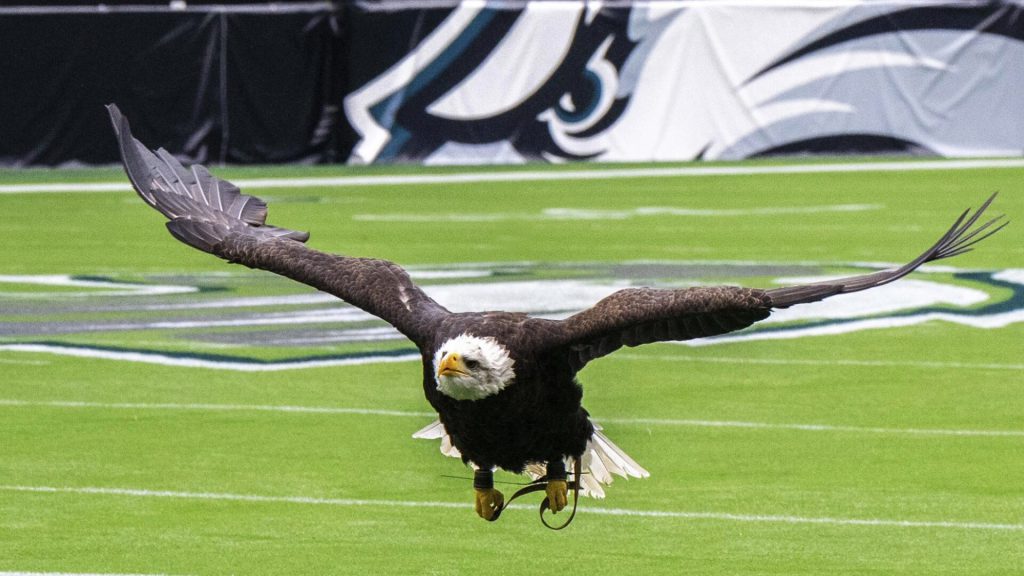
After all, Philadelphia – home to Independence Hall, the Liberty Bell, and Betsy Ross – once served as the nation’s capital. The eagle is a symbol of American freedom. Even though Ben Franklin preferred the wild turkey, the eagle was selected as the national bird of the United States.
The Atlanta Falcons
The Atlanta Falcons football team was established in 1965 when Georgia insurance executive Rankin M. Smith paid $8.5 million for the NFL franchise. Smith held a contest inviting the people of Georgia to submit their ideas for the team mascot.
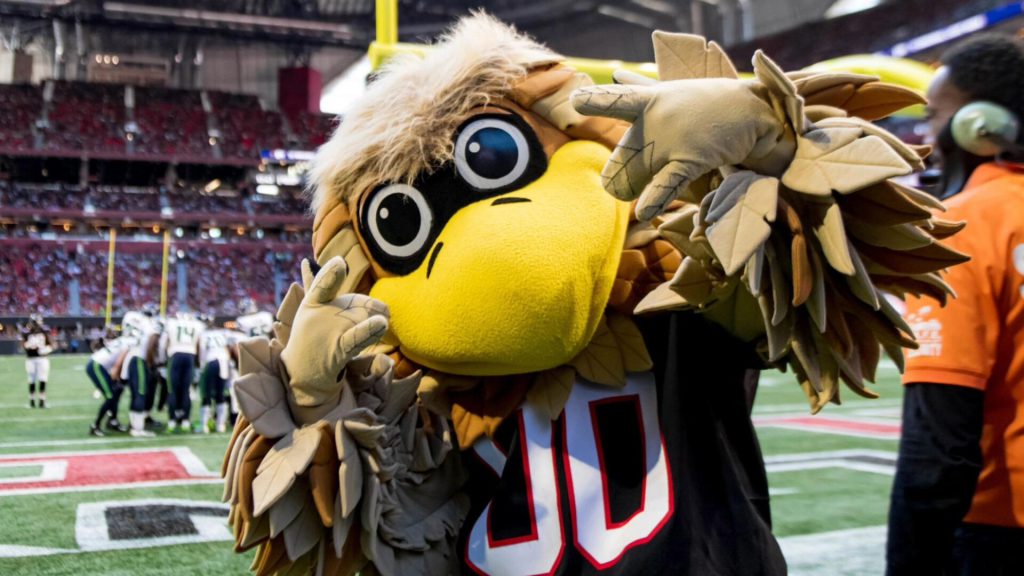
The winning entry came from a Griffin, Georgia, schoolteacher who wrote, “The falcon is proud and dignified with great courage and fight. It never drops its prey. It is deadly and has a great sporting tradition.”
The Seattle Seahawks
When it was announced in 1974 that Seattle would be getting an NFL franchise, the search was on for a team mascot that represents the natural environment of the Pacific Northwest. The seahawk was an obvious choice. But what is a seahawk?
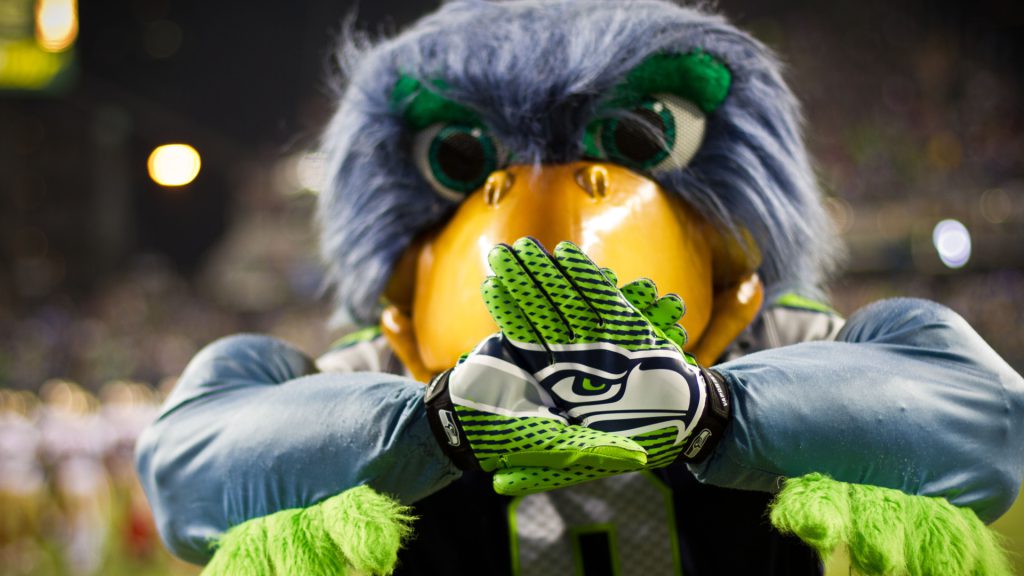
There is not a bird of prey called the seahawk. Instead, “seahawk” is a nickname for ospreys, a type of raptor that makes its home near coastlines. Ospreys are skilled at hunting fish. They use their sharp eyesight to spot their prey then swoop down to snatch the fish from the water with their talons. For the indigenous people of the Pacific Northwest, ospreys hold special significance.
The Baltimore Ravens
Baltimore’s NFL team came to town in 1996. Since author and poet Edgar Allen Poe spent much of his life in Baltimore, the team’s mascot was chosen to honor his most famous poem, “The Raven.”
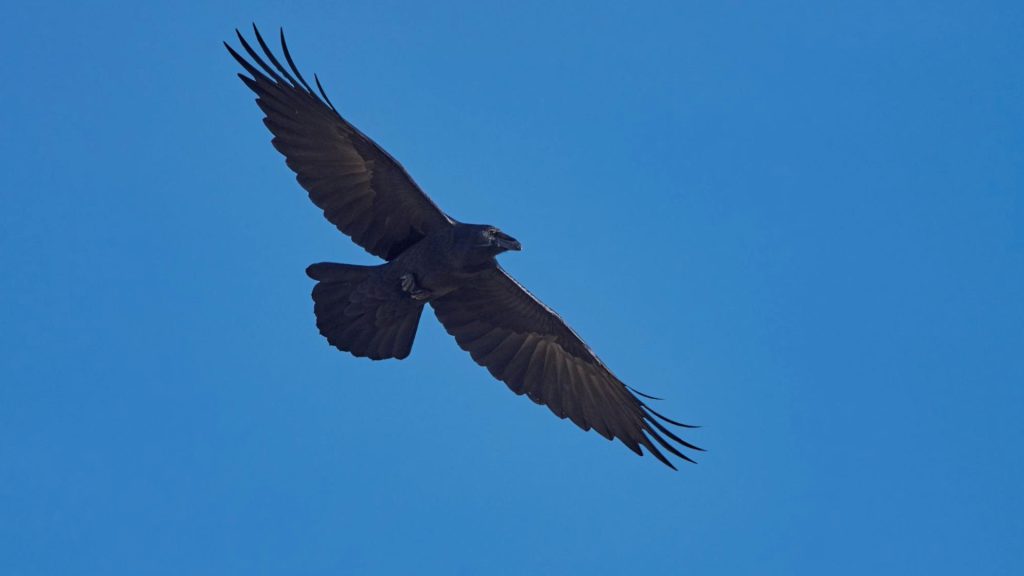
Ravens, however, are not birds of prey. Well, not exactly. Ravens are members of the passerine bird family, but they exhibit characteristics that are similar to birds of prey. For this reason, ravens have been called “honorary raptors.”
Arizona’s Mascot Is Most Definitely Not a Bird of Prey
One of the NFL’s oldest teams, the Arizona Cardinals became a franchise in 1898. Although this is the fifth NFL team with a bird as a mascot, cardinals are definitely not birds of prey. They are the prey.

With their vibrant red plumage and smart crest, cardinals stand out from the crowd. These American songbirds symbolize vitality, persistence, boldness, pride, and determination … all traits that translate to the sport of football.
The Falcon and the Hawk Are Part of the NFL Draft
For Paul Thomas, he is thrilled that Cersei and Yahtzee, his trained birds of prey, are able to offer their assistance to the city of Detroit. “It’s been cool to really get to be a part of the draft and a part of the city that we love.”
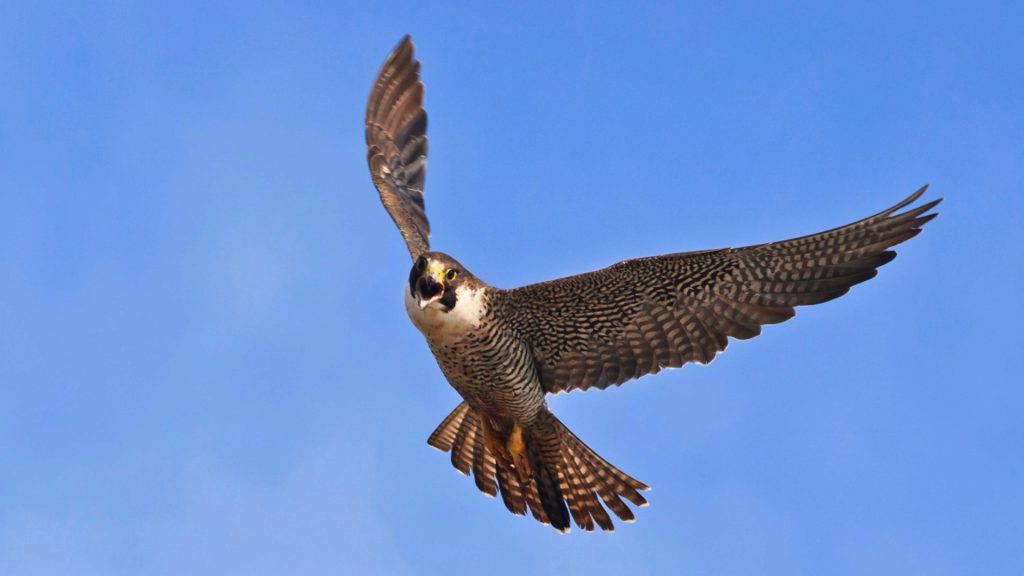
He continued, “One of our favorite parts of the job is just interacting with the people and talking to the people of Detroit and seeing their excitement with seeing the birds. They’ve really embraced us.”

